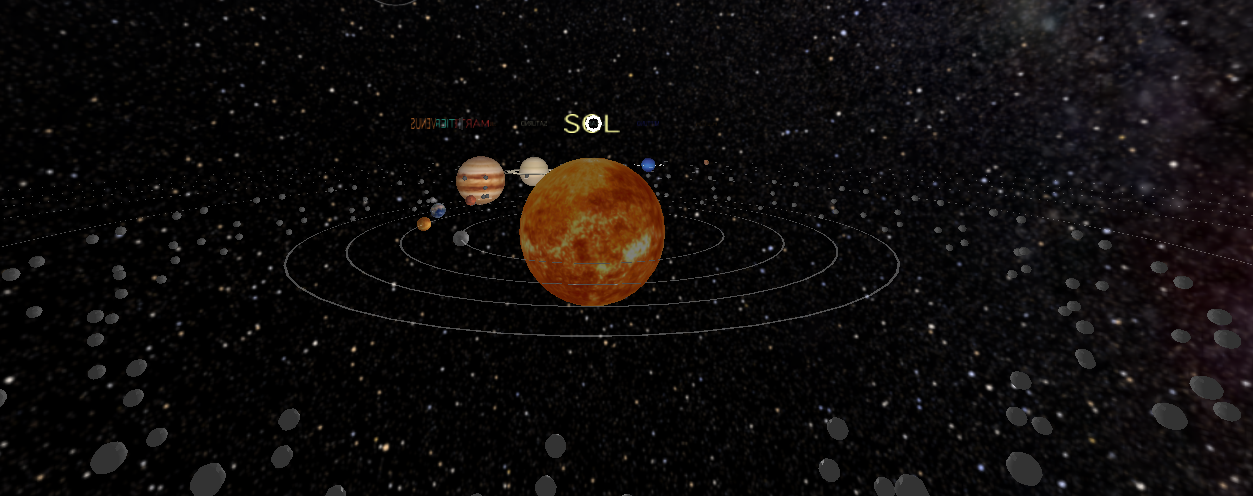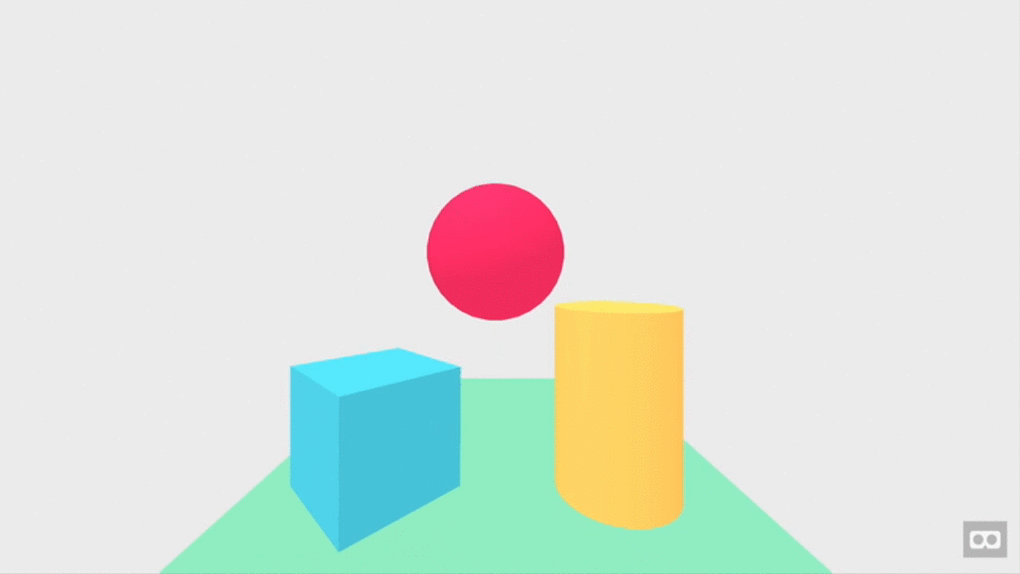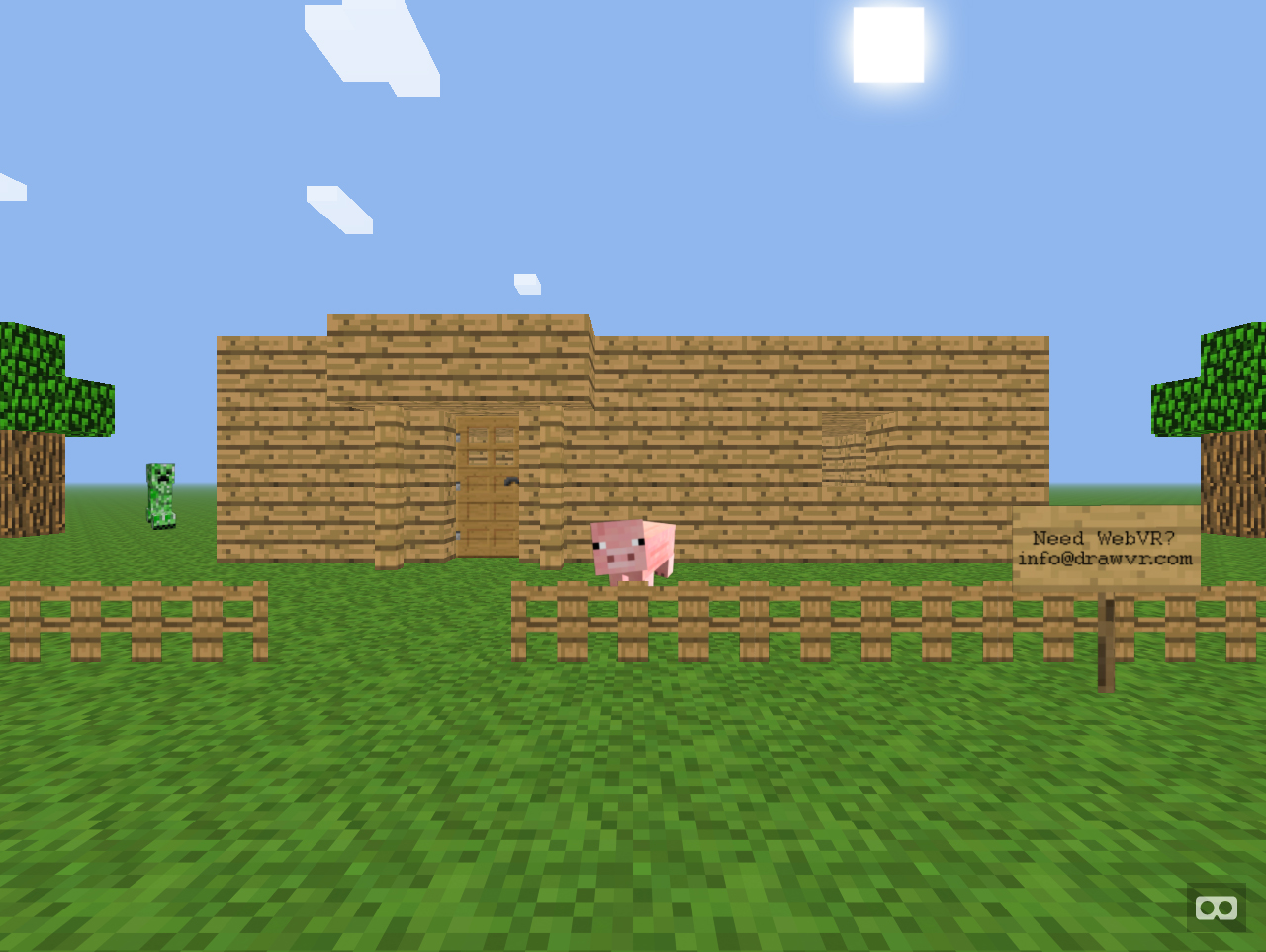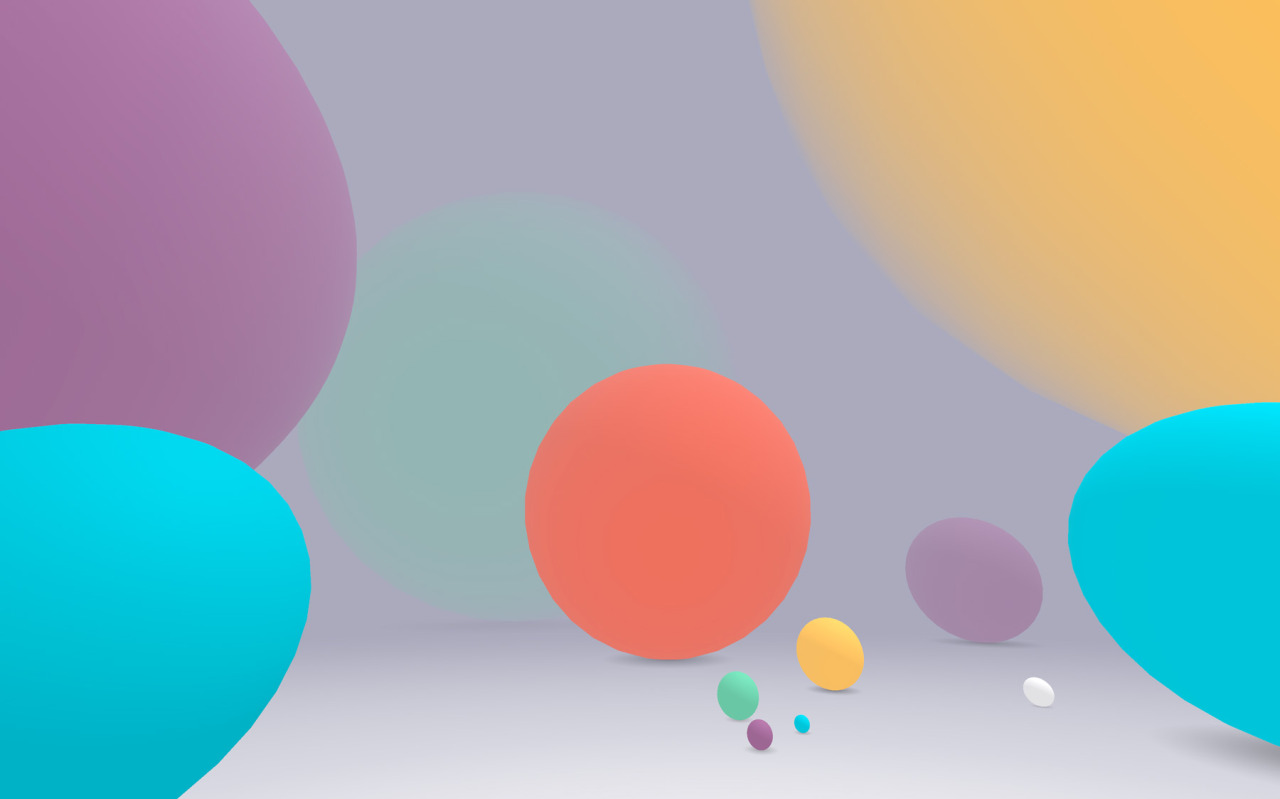Within a week of its release, someone had used A-Frame to create a Minecraft scene. We tracked down the creator, Donovan Kraeker, and he shared his process and tips he learned along the way:
Thank you MozVR Team for creating A-Frame! I’ve been waiting for an entry point into VR for over a year and found the thought of committing the time needed to make good, finished content with WebGL, Unity, and Unreal too intimidating. I figured, eventually an organization or company would come out with a way for the masses to create VR websites and decided to wait. That wait was over on December 16, 2015 when the MozVR team released the first version of A-Frame — the Metaverse has begun!
After playing around with A-Frame for a few days I had a simple Minecraft-esque virtual reality website that I could actually enter into and look around in drawvr.com/minecraft/. I tested it on an iPhone using a plastic Google Cardboard like HMD and an Oculus Rift DK2 and they both worked! To say the least, I was ecstatic. I created this VR experience that I could host online and share with my friends, family, and the interwebs.








